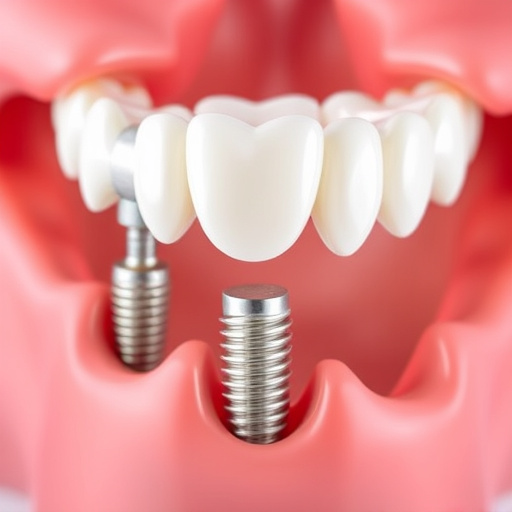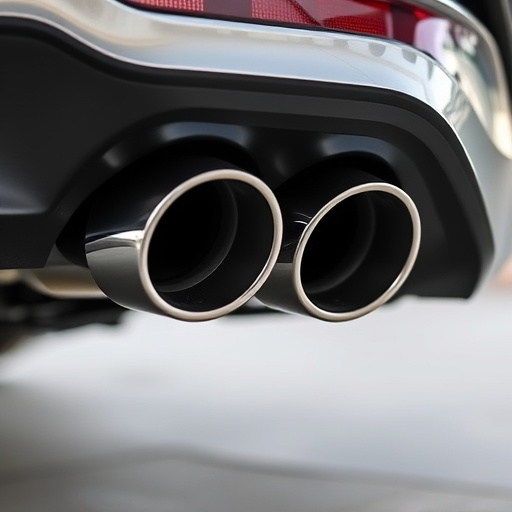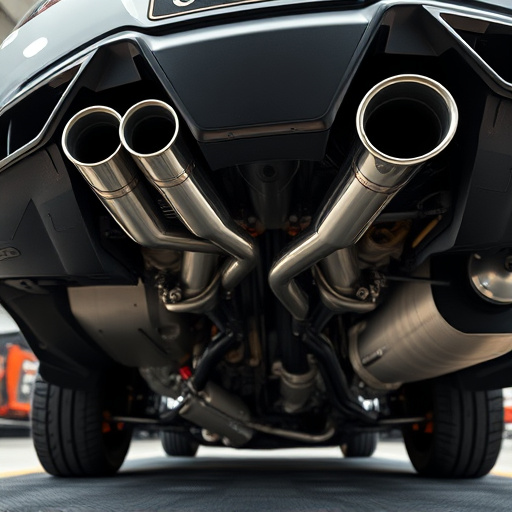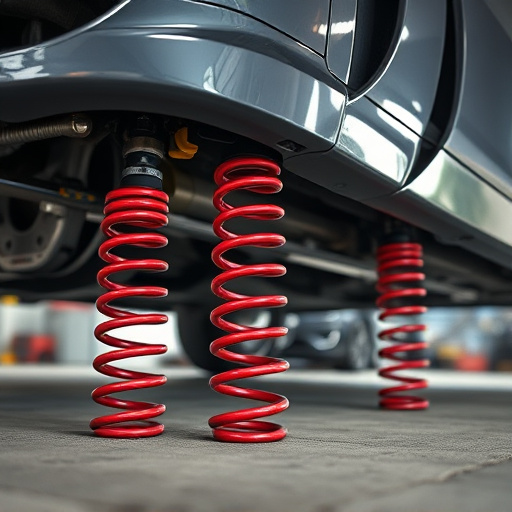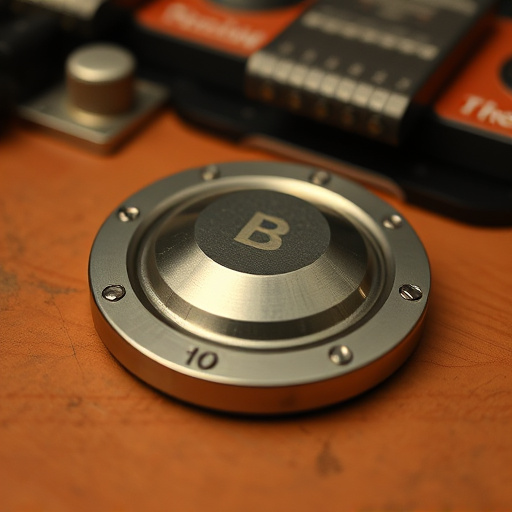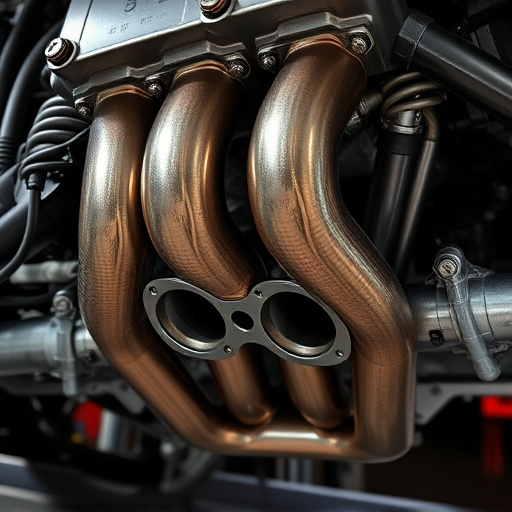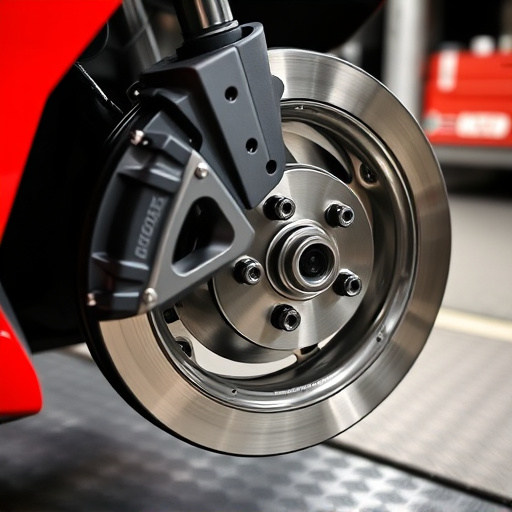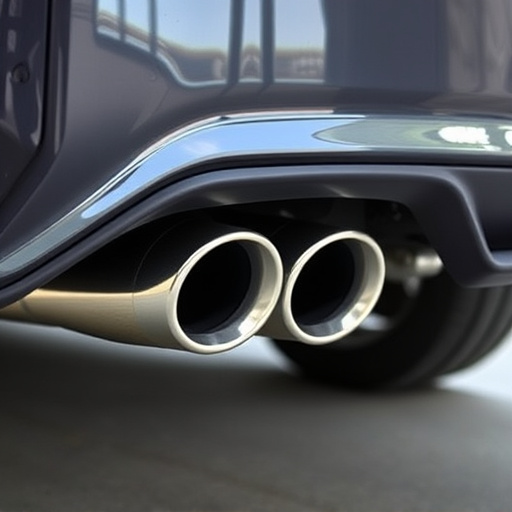Clutch and flywheel kits are essential for optimal vehicle performance, enhancing power transfer from engine to wheels. Upgrading these kits with high-performance components significantly improves acceleration, responsiveness, and control while reducing wear on brake systems and boosting fuel efficiency. Installation time varies based on modifications, and compatibility with existing setup, with organic, ceramic, or steel clutches catering to diverse needs.
Clutch and Flywheel Kit Installation Time: A Comprehensive Guide
Upgrading your vehicle’s clutch and flywheel is a common task for both professional mechanics and DIY enthusiasts. This article provides an in-depth look at the installation process, offering valuable insights into the time estimates involved. From understanding the core components to navigating the various factors that influence duration, we’ll cover it all. Learn about different kit types, the skills needed, and how environmental conditions can impact your timeline. Get ready to transform your vehicle with precise knowledge of clutch and flywheel kit installation times.
- Understanding Clutch and Flywheel Kits
- – Definition and purpose of clutch and flywheel kits
- – Common types and their applications
Understanding Clutch and Flywheel Kits
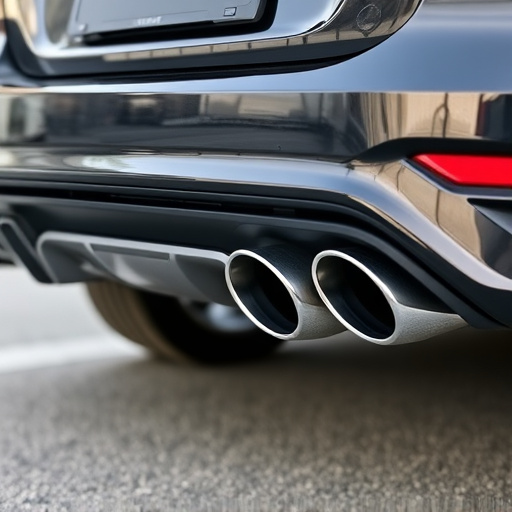
Clutch and flywheel kits are essential components for any vehicle’s transmission system. They work together to facilitate smooth power transfer from the engine to the wheels, enabling smoother starts and efficient driving. These kits typically include a new clutch disc, pressure plate, and flywheel, which all play crucial roles in enhancing drivetrain performance.
Understanding the function of each part is vital for effective installation. The clutch disc, often referred to as the clutch packing, connects the engine to the transmission. A flywheel, located between the clutch and engine, helps to smooth out power delivery. Meanwhile, the pressure plate applies pressure on the clutch disc, enabling its engagement and disengagement. Upgrading these parts with performance-oriented alternatives, such as high-quality clutch kits or lightweight flywheels, can significantly improve vehicle responsiveness and acceleration, especially when paired with other modifications like performance air filters and exhaust tips (muffler tips).
– Definition and purpose of clutch and flywheel kits
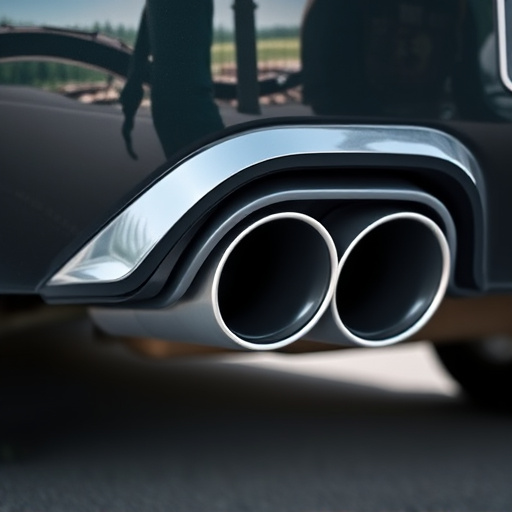
Clutch and flywheel kits are essential components for any vehicle, playing a crucial role in power transmission and engine control. These kits consist of interrelated parts that work together to facilitate smooth and efficient movement, enabling drivers to effortlessly accelerate, decelerate, and maintain control while on the road. The primary purpose of these kits is to manage the flow of power from the engine to the wheels, ensuring optimal performance and driver satisfaction.
These kits are not just about enhancing performance; they also contribute to safer driving experiences. By improving clutch engagement and flywheel efficiency, vehicles with updated clutch and flywheel kits offer better control during sudden stops or aggressive acceleration, reducing wear on brake components and intake systems. Additionally, they can enhance fuel economy by streamlining power transfer, which is beneficial for both drivers and the environment in terms of minimizing emissions from air intake systems.
– Common types and their applications
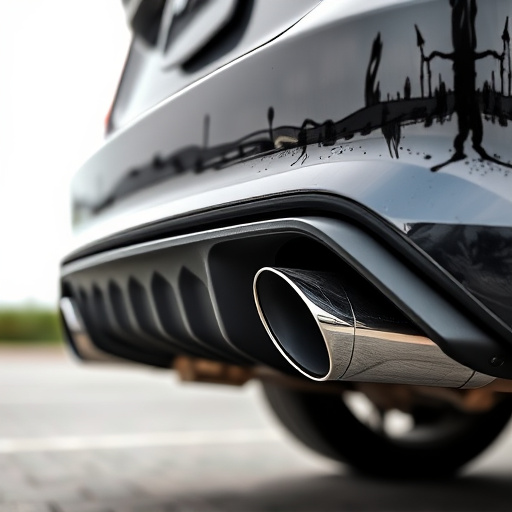
Clutch and flywheel kits are essential components for any vehicle looking to enhance its performance capabilities. The most common types include organic, ceramic, and steel clutches, each with distinct applications. Organic clutches, known for their smooth engagement and reduced noise levels, are ideal for daily drivers who seek a subtle yet effective power upgrade. Ceramic clutches, on the other hand, offer superior heat dissipation, making them popular choices among enthusiasts seeking high-performance tuning. Steel clutches are renowned for their durability and are frequently utilized in racecars or vehicles designed for extreme conditions.
When considering clutch and flywheel kit installation, it’s important to note that various factors can influence the process time. Upgrading to a performance exhaust system or installing a cold air intake might require additional modifications, impacting overall installation complexity. Conversely, fitting a new air intake system could streamline the process by aligning with existing components. Ultimately, the estimated time should account for the specific clutch and flywheel kit selected, vehicle compatibility, and any complementary upgrades planned.
When it comes to clutch and flywheel kit installation, understanding the various types and their applications is key. Depending on the make and model of your vehicle, as well as the specific kit chosen, installation times can vary. On average, a clutch and flywheel replacement can take anywhere from 2 to 4 hours, but more complex setups might extend this timeframe. With proper tools and some mechanical expertise, many car enthusiasts find that installing these kits is a feasible DIY project. Remember, ensuring a safe and accurate fitment is paramount, so consult your vehicle’s manual or seek guidance from automotive professionals if needed.

